Easing off the gas: Is the shipping industry ready for Sulphur 2020?
A new rule to cut sulphur emissions, coming into force next year, will require operational changes by ports and shipping lines. But some parts of the world are far from ready
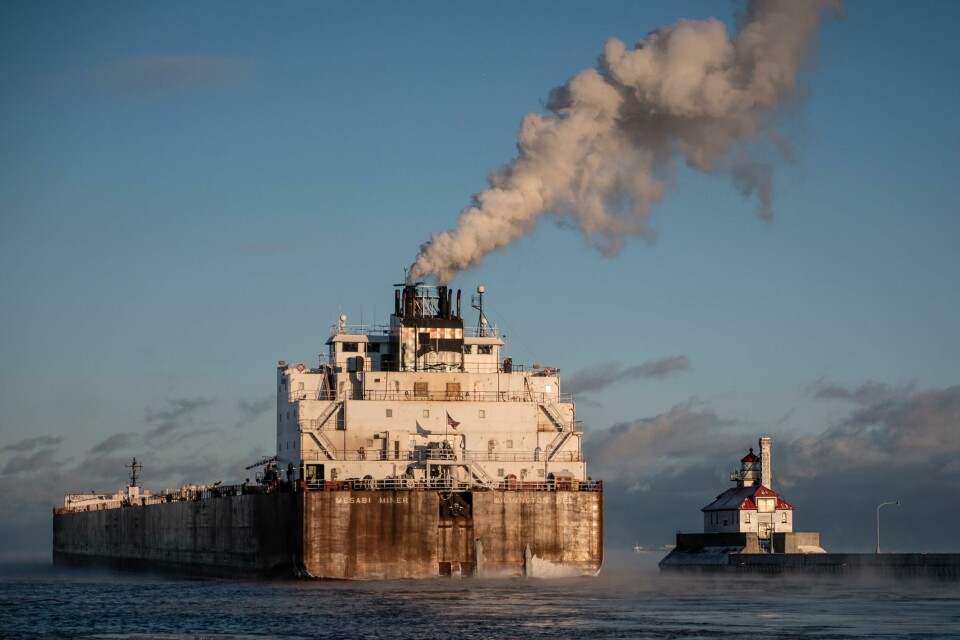
Mena: Infrastructure, policy and regulatory developments
-
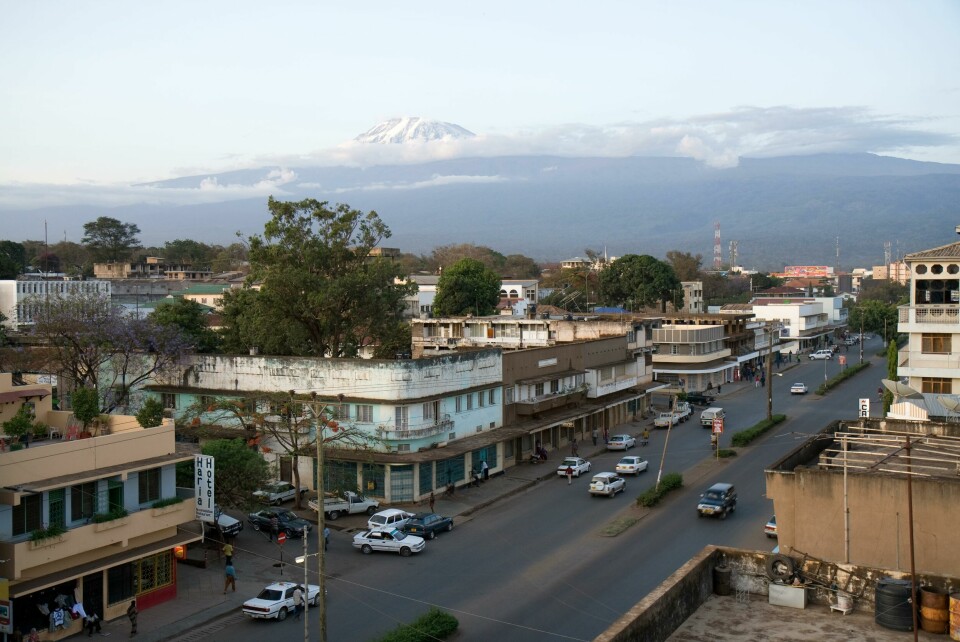
Into Africa: China’s ambitions for a transcontinental logistics network
-
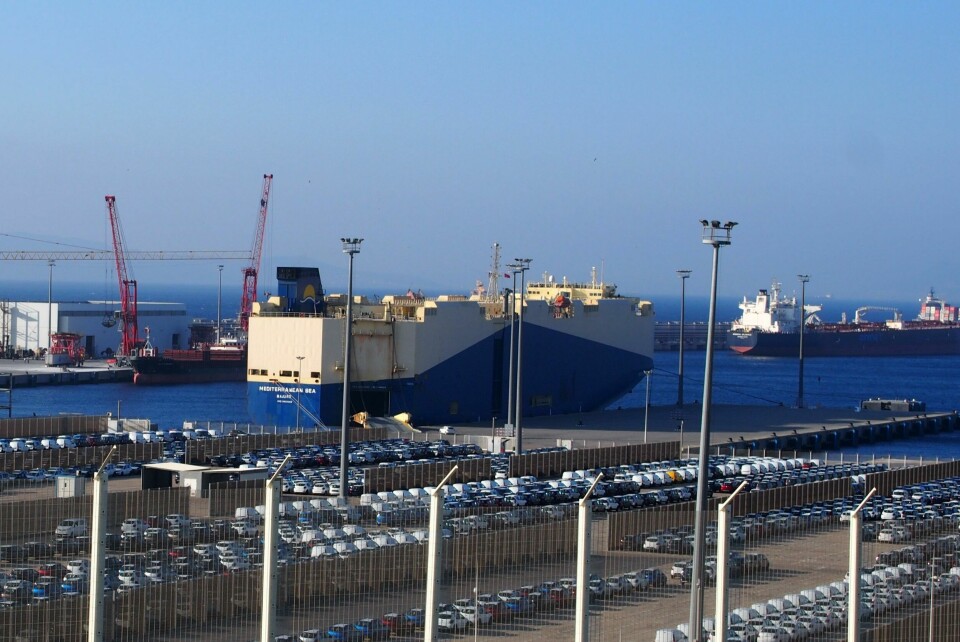
Tangible progress: Morocco boosts automotive production and logistics
-
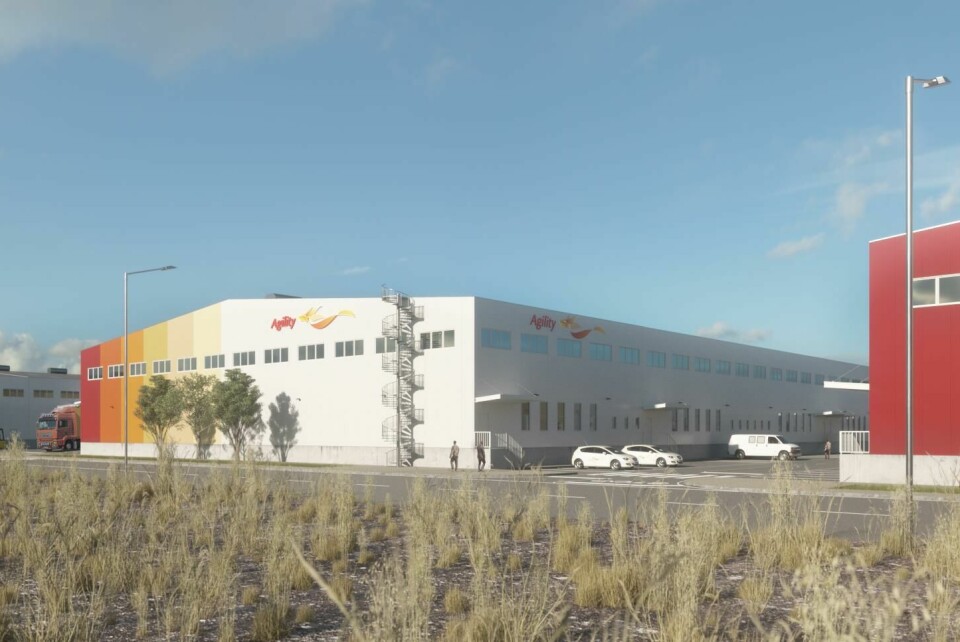
Safe and secure: How new warehouses will support African supply chains
-
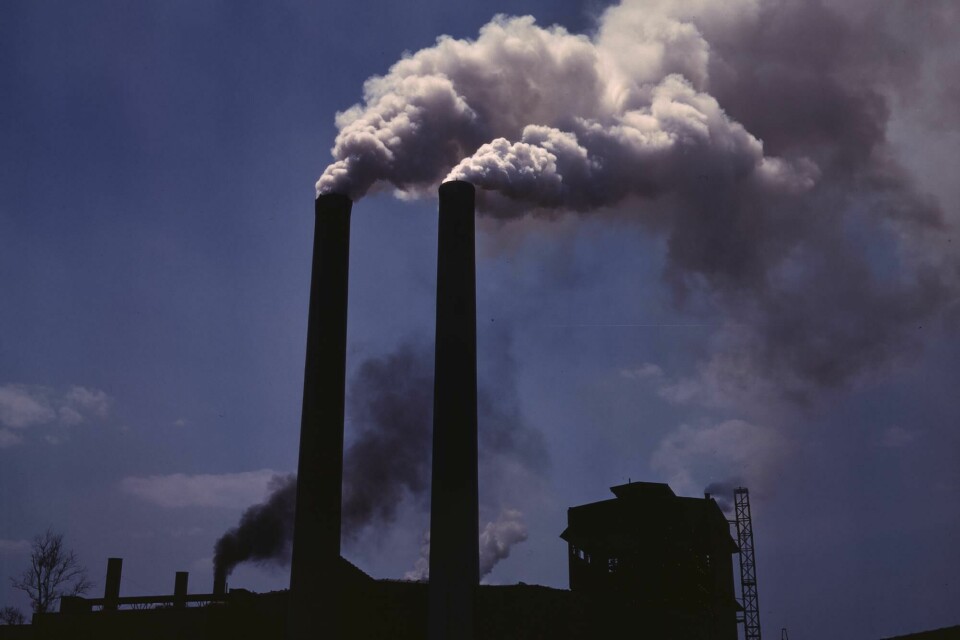
Easing off the gas: Is the shipping industry ready for Sulphur 2020?
-
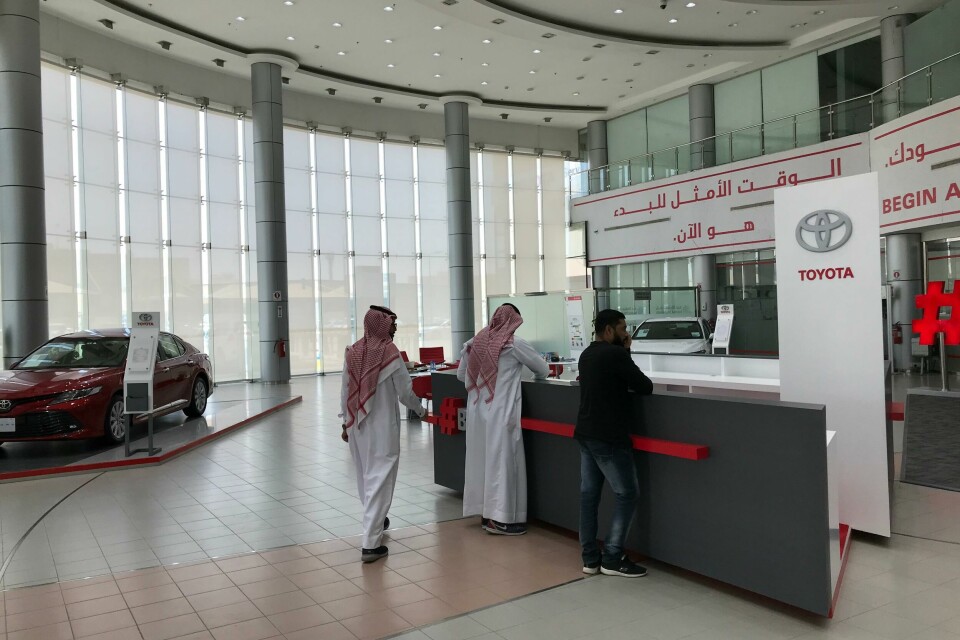
Shifting sands of time: The changing nature of Saudi Arabia’s automotive industry
-
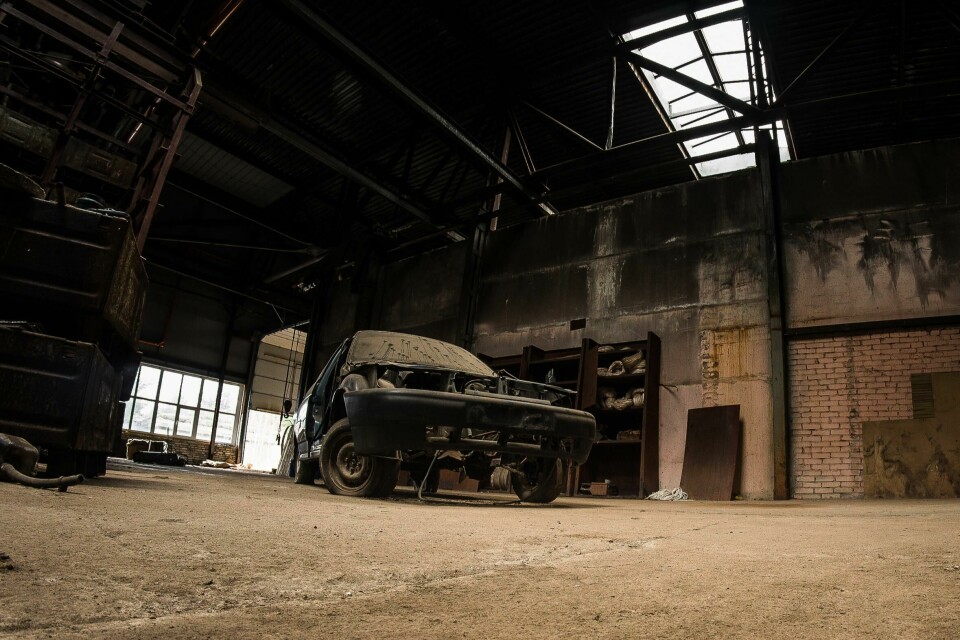
Iran’s automotive industry left to rust
-

Middle East and North Africa: Leading the way in innovation
-
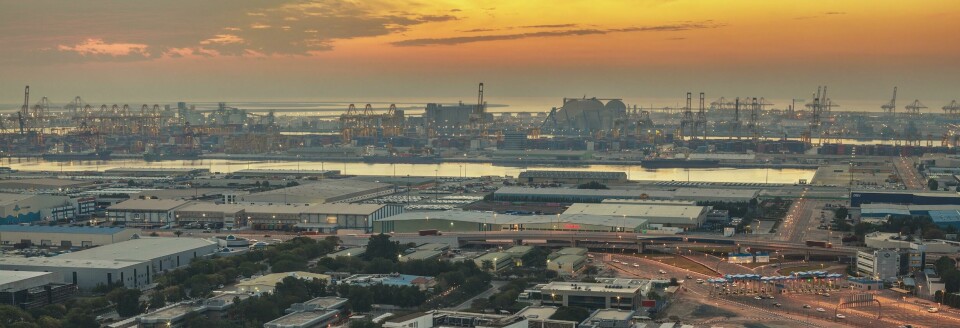
In the zone at Jebel Ali port
By January next year, cargo vessels will have to switch to cleaner burning bunker fuel, a transition for which ports in some parts of the world are poorly prepared. The International Maritime Organization (IMO) has issued a ruling which says that from January 1, 2020 vessels will no longer be allowed to use bunker fuel that has a high sulphur content. Emissions must be reduced from the current 3.5% global limit to 0.5%.
Bunker fuel is the cheapest type of oil, which is largely why shipping lines use it. This fuel is also a significant contributor to air pollution, which governments around the world are increasingly concerned about. Shipping emits 3% of global CO2, according to The European Federation for Transport & Environment, and this could rise as high as 10% by the middle of this century as land-based transport reduces its own pollution levels. Now, regulators want ocean-going vessels to submit to requirements similar to those which govern trucks and delivery vehicles.
The new rule, known as ‘Sulphur 2020’, will demand that cargo vessels use compliant low-sulphur fuel or else an approved abatement technology such as a scrubber – essentially a filter to remove particles from engine exhaust – or an alternative fuel like hydrogen. Monitoring, compliance and enforcement will fall to governments and national authorities of member states which are party to the Marpol Annex VI regulation, though flag states and port states will enforce compliance.
“We strongly recommend that shipowners prepare an implementation plan for each of their ships using the template agreed by IMO”
In some cases, failure to comply will carry a high cost. For example, Singapore, the world’s second largest port, has already warned that captains and owners of vessels burning excessively sulphurous fuel in its territorial waters could face up to two years in prison.
Meeting the new regulations will profoundly change the economics of shipping, says Iain Mowat, senior research analyst, refining and oil product markets at consultancy company Wood Mackenzie. “Shippers will be faced with a very large outlay if they install a scrubber, or a very large increase in their fuel bill.”
Scrubbing technology is still unproven at such a large scale and it is also unclear whether sufficient compliant bunker fuel will be available for the global fleet of cargo vessels. “So, there are a lot of uncertainties of how shippers will deal with this,” says Mowat. “Effects could also [include] different designs of vessels, and vary according to different locations.”
Over a barrel
Roughly 53,000 merchant vessels ply the seas, according to the United Nations Conference on Trade and Development, and between them they carry more than 90% of the world’s produce – from raw materials to manufactured goods such as cars. Almost every type of product travels by sea at some point in its journey from the source to the end consumer.
The world cargo fleet requires roughly 300m tons of fuel oil per year, giving the international maritime shipping industry about the same carbon footprint as Germany, the IMO says. This comes down to the heavy fuel oil that vessels use, a substance similar to diesel.
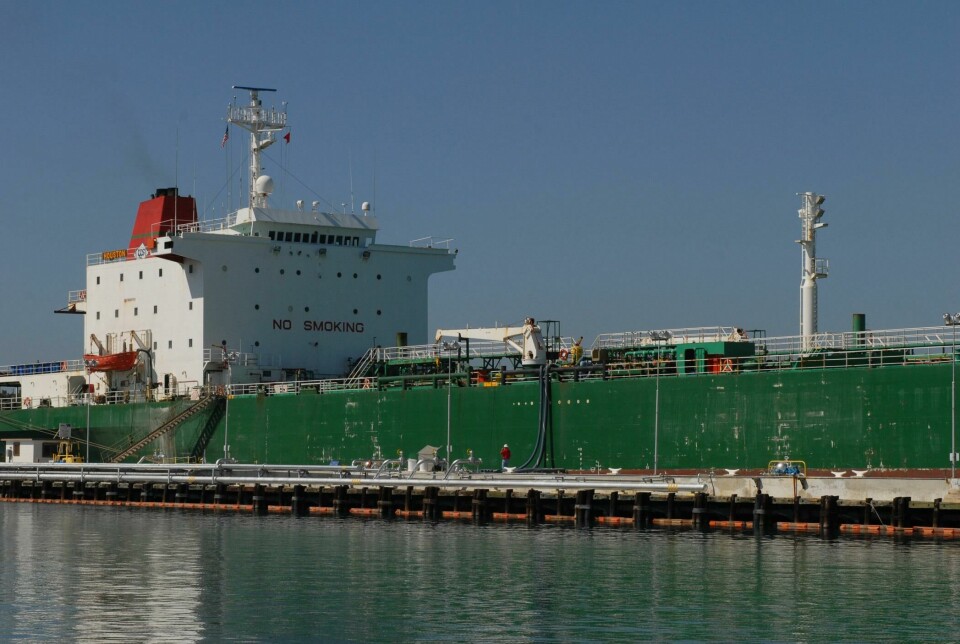
One problem with this fuel is the way it is sourced. Raw crude oil needs to be refined, and the target molecules for petrol, jet fuel and the like are removed in a distillation process. Heavier petroleum products like diesel fuel and lubricating oil are much less volatile and distil more slowly. This leaves bunker oil, which is literally the bottom of the barrel.
Oil companies are happy to sell it off at a discount, since there is little demand for the fuel outside the shipping world. For instance, at the time of writing, fuel oil was trading at around $52 a barrel, while regular Brent crude was about $66 a barrel. The trade-off is the higher level of pollutants in fuel oil, which the new regulations are intended to limit.
“These new regulations are good for human health and good for the environment,” says Guy Platten, Secretary General of the International Chamber of Shipping. “We strongly recommend that shipowners prepare an implementation plan for each of their ships using the template agreed by IMO.”
Shipping companies are now faced with having to make some very expensive decisions. According to a Bloomberg report in August, around 2,200 ships are being fitted with scrubbers this year. However, indications are that most vessel owners are looking for cheaper alternatives.
“It’s all systems go as far as [Sulphur 2020] is concerned and it’s a big piece of legislation with far-reaching consequences”
The state-run shipping line of India SCI for instance, recently announced that it would pursue the low-sulphur option over scrubbers – backtracking on its previous plan after conducting a cost analysis.
“We are not putting in any scrubbers whatsoever,’’ CEO Anoop Sharma told the Hindu Business Line. “In the beginning, we were thinking of installing scrubbers on our very large crude carriers and Suezmaxes, but then, the more we studied the matter, we realised that we will not have a payback period. As of now, we are buying high-sulphur fuel, but come October, we’ll start buying low-sulphur fuel.”
Consequently, fuel providers such as ExxonMobil said they would begin making low-sulphur fuel available to select ports in the latter part of this year.
Looking for alternatives
Some observers have suggested that alternative energy sources which are now being seen on land, such as battery electric power, could play a role. There are certainly experimental electric ships under trial, such as the one being designed by Norwegian firm Yara International. However, this vessel will be a relatively modest size and will only travel short distances along the Scandinavian coastline. Enormous battery packs and limited range currently render this technology unsuitable for most carriers.
“Freight electrification is still a long way away,” confirms Jitendra Choudhury, an energy analyst based in Saudi Arabia.
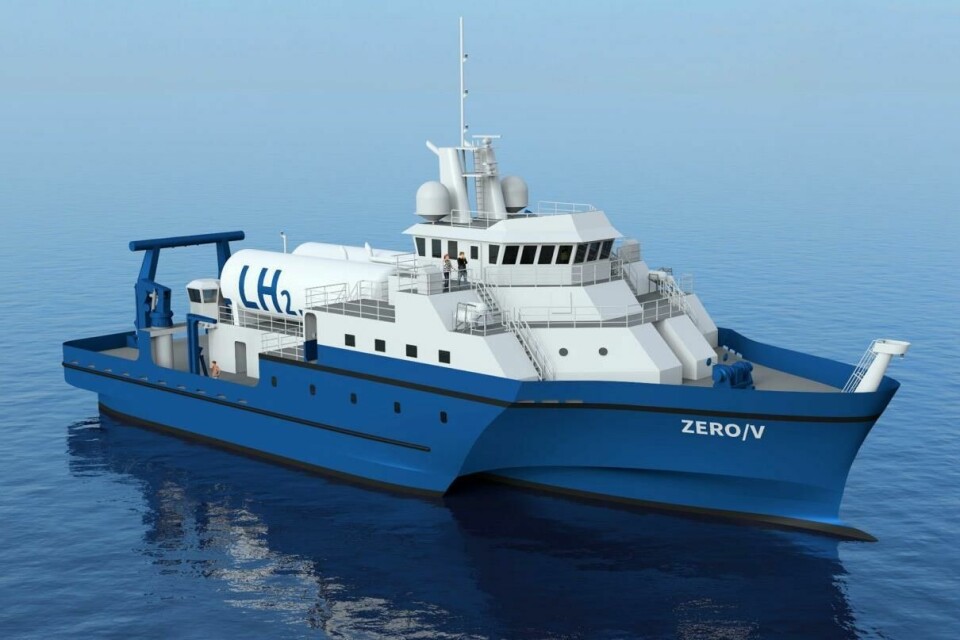
Other projects are looking at hydrogen, which can be used directly as a fuel, or run through a fuel cell that converts the gas into electricity. Soon a ro-ro passenger ferry will begin to operate in the UK’s Orkney islands, thus demonstrating the potential of the technology.
As interesting as some of the emerging ideas are, they are unlikely to be ready to meet industry needs anytime soon. Instead, many shipping companies will look to source blends – that is, regular high-sulphur bunker fuel with low-sulphur additives such as diesel. Indeed, the new regulations may throw a lifeline to diesel production, which has fallen out of favour for passenger vehicles – and with logistics providers.
“I don’t think that export markets for diesel are going away anytime soon. I expect a burgeoning demand for diesel for the next few years as a dilutant,” says Choudhury.
Into Africa – or out of it?
Certain parts of the world seem to be particularly underprepared for the implementation of Sulphur 2020, which could threaten import and export patterns. For example, there are doubts about the readiness of the 172 ports which encircle the African continent and are gateways for the import of vehicles (especially used ones) from more developed markets. Other than South Africa and nations along the Mediterranean, very few African countries even have refining facilities and so bunker fuel must be sourced from international markets.
“The African market is one of the most important continents for Höegh Autoliners and is served from worldwide destinations,” Espen Stubberud, chief of trade and capacity at Höegh, told Automotive Logistics. “The largest volume is carried from Europe and Asia to South and East Africa today. To Africa, the export flow from Japan to East Africa is of particular importance.”
“Durban is one the largest bunkering ports for Höegh Autoliners and a case of no-supply of compliant fuel [there] would be challenging for us as we need to find compliant fuel elsewhere, or purchase marine gasoil [MGO] in Durban”
The company plans on using compliant fuel and is bunkering “substantial” quantities at Durban on South Africa’s east coast, according to Håkon Kiil, head of business analytics. “In fact, Durban is one the largest bunkering ports for Höegh Autoliners and a case of no-supply of compliant fuel [there] would be challenging for us as we need to find compliant fuel elsewhere, or purchase marine gasoil [MGO] in Durban,” Kiil added. MGO would be a more costly option as it is a higher-grade fuel, more like diesel.
Meanwhile, Maersk is considering a blended approach: using compliant fuel but introducing scrubbers to reduce reliance on price shocks in the fuel market. The company says this should also help it to overcome regional difficulties in sourcing fuel. “The African market has great importance to Maersk and currently one in every three containers transported to and from Africa is on a Maersk vessel,” Soren Egholm, head of trade management for Africa told Automotive Logistics.
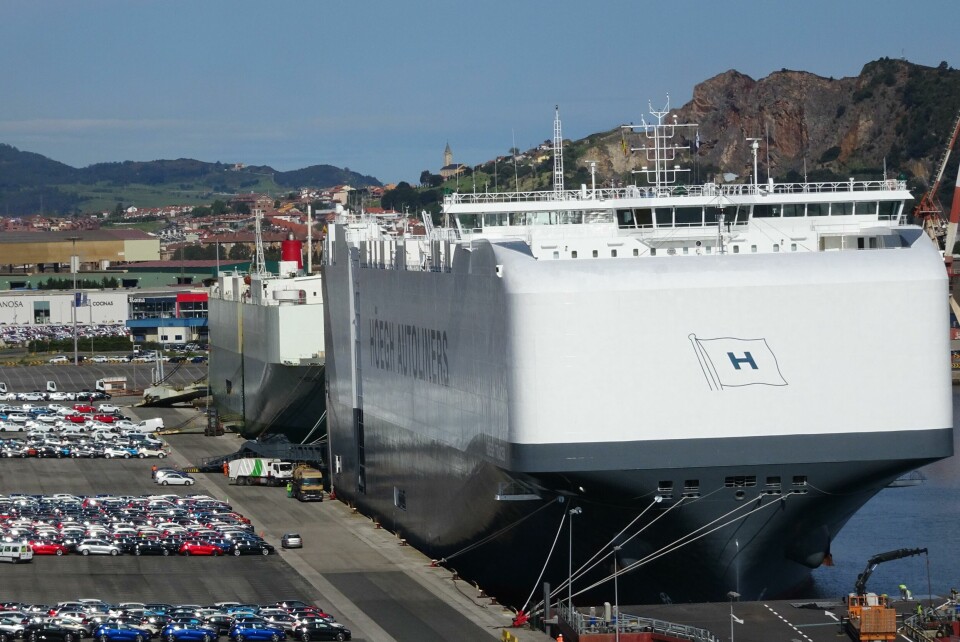
The African market is expected to grow around 5% per year, compared with global growth of 2-3%. In particular, Egholm noted that used vehicles will remain a key part of imports into Africa in the future. “We are working with multiple used auto players to look at creating end-to-end solutions from the vanning yards at origin right up to delivering the vehicles to the final destination in landlocked countries,” he said.
South Africa, one of the few countries with a domestic refining capacity, is one of the better-placed African nations for adapting to the new sulphur rules and is currently doing its best to prepare for the changes, according to the country’s Maritime Safety Authority (MSA). “It’s all systems go as far as [Sulphur 2020] is concerned and it’s a big piece of legislation with far reaching consequences,” says MSA acting CEO Sobantu Tilayi. “What we now need to do as a country is to put in place the regulations necessary to effect the process from January 2020.”
However, the country is still coming to grips with the details of the plan, he says, such as the proper handling of ships coming into South African ports without the compliant fuel, the availability of facilities to test fuels in use by ships, as well as the handling of vessels using non-compliant fuel but fitted with sulphur-reducing equipment.
Meetings are now underway with shipping companies, fuel providers and the IMO to finalise these aspects, Tilayi adds. It is unclear, however, if the country will meet the January deadline.
In general, securing compliance across the continent will probably be difficult. Few African countries pay attention to air pollution levels, in spite of warnings that conditions are worsening as cities grow. Moreover, many do not have the technical resources to monitor emissions on land, let alone apply them to shipping.
“Ports in the [African] region… may be impacted negatively in terms of a reduction of vessels bunkering at these ports. The question then becomes whether vessels may… decide not to call at these ports at all”
As a result, African ports could lose out on business as international vessels avoid them. To do otherwise would mean having to load up on non-compliant fuel and then risk being fined on returning to Europe or any other location that enforces Sulphur 2020.
Regarding the lack of refining capacity in Africa, Natalie Gupta, a port consultant based in the UK, explains that most of its nations rely on imports, especially from the Canary Islands, Cape Verde, the Gulf of Guinea and South Africa.
“Ports in the region, as a result, may be impacted negatively in terms of a reduction of vessels bunkering at these ports,” she says. “The question then becomes whether vessels may, in a more extreme turn of events, decide not to call at these ports at all, preferring different routes in line with their new bunkering considerations.”
Compliance challenge
The irony is that much of the oil which African countries export is considered ‘ultra-sweet’ (low in sulphur) and can potentially be transformed into compliant fuel without blending, Gupta notes. Just under 50% of African oil is light and sweet, and almost 30% is medium and sweet in terms of its quality. Both quality levels have sulphur content of less than 0.5% – the new IMO standard.
This may push up demand for Africa’s less polluting oil by shipping companies worldwide, leading to an increase of the price of this type of crude, thus benefitting the region through sales revenues.
However, lack of refinery capacity makes it is unlikely that many African ports will source bunker fuel locally. Some even worry that, with around 4m barrels of sulphur-heavy bunker fuel produced around the world today every year, the dirtier fuel will find its way to Africa and be burned in oil-fired electricity plants. Many African cities rely on older oil-fired generators to provide electricity and these would eagerly purchase cheaper high-sulphur bunker fuel if it is dumped on the market.

Still, the immediate challenge will be to ensure that vessels calling at African ports have access to compliant fuel. The continent draws many of the world’s largest ships, especially bulk cargo carriers that transport resources such as iron ore, copper and agricultural products to international destinations. Ro-ro vessels delivering up to half a million used cars from Japan, Europe and the US also routinely visit the east and west coasts. These will need to have access to cleaner bunker oil, or at least blended options.
Many African ports do have upgrades planned or underway, especially in West Africa, where bunkering services are concentrated. Gupta says it is now vital that these upgrades also incorporate the new low-sulphur standard.
“Ports in the region are investing in expansion and upgrades and it is probably important for authorities managing and planning such developments to also consider the role that they want bunkering to play in the development of their respective ports.”





